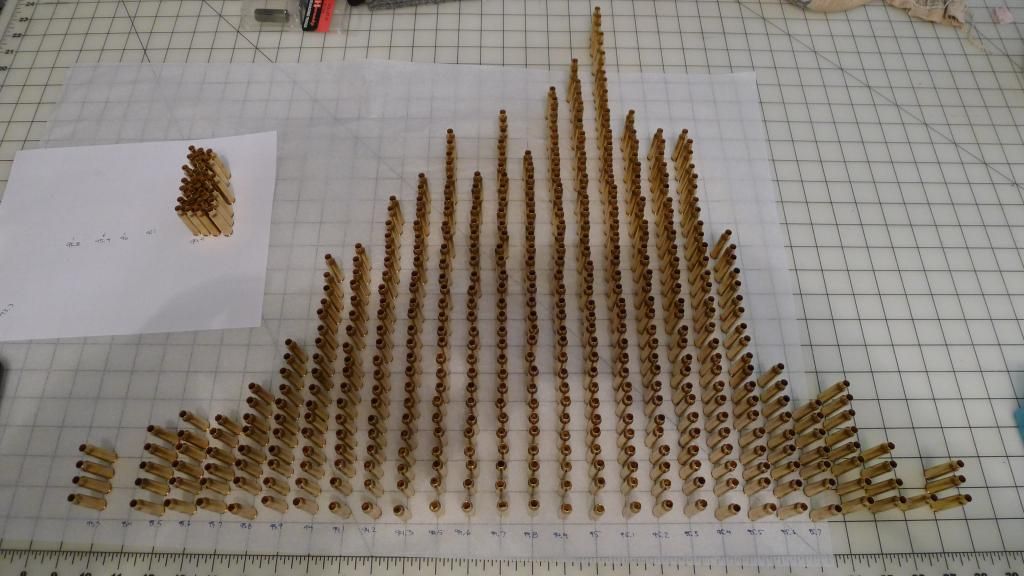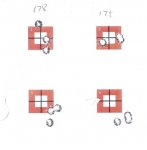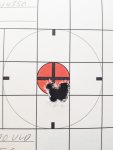Precision shooting is about elimination of variables. Some can be accounted for, some are differential, some are even more complex. So much so it's easier to just invoke shooting as an art rather than a science (while including science where possible). In other words, practice using different components.
In absence of long, drawn out math and computer models, your best bet is to eliminate these variables qualitatively.
For bulk ammo I store, I use once fired brass and I don't weight components. They are expected to be 2MOA or less on average. I match headstamps and watch QC and that's it.
With math ammo or critical ammo, I weigh each bullet, each case, each powder dump and I measure the OAL of every round. Mic. dies for all of this. No error in ammo, sub MOA is the goal, depending on the rifle. The only thing I neglect is the warming of components like the Marine Marksmanship Unit does --I don't have the ability. I do, however, load to nearly the exact same specs and processes the Marines use. They are VERY anal and tailor ammo to the weapons system.
So it depends. For accuracy, no corners cut. Load specific rounds for specific weapons, test and work up further. Fodder loads are simply the brass and bullet weights that don't optimize in the weapon generally loaded for, ie, the ones weeded out during weighing.





